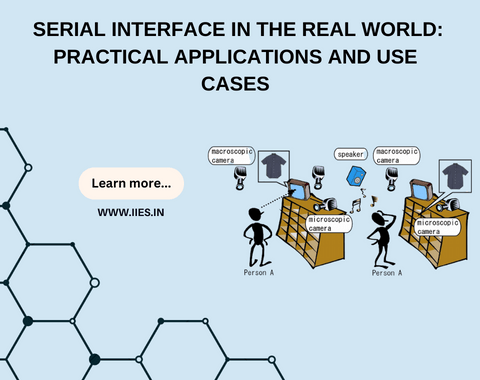Early use of serial communication in telegraphy and early computing
The history of serial communication can be traced back to the early days of telegraphy and early computing systems. Teleprinters used a serial interface to transmit and receive information over long distances, allowing for efficient long-distance communication.
Development and standardization of RS-232
In the 1960s, the RS-232 serial interface was developed, becoming the first standardized serial communication protocol. RS-232 provided a common standard for point-to-point communication between devices, making it easier to connect modems, printers, and other computer peripherals to mainframe computers. RS-232 became widely adopted in industrial control systems and other applications.
Shift towards modern serial interfaces due to technological advancements
With technological advancements and the need for faster and more efficient communication systems, modern serial interfaces like USB, SPI, and I2C emerged. These interfaces offered higher speeds, improved reliability, and compatibility with a wide range of devices. Today, these interfaces are widely used in consumer electronics, embedded systems, and networking applications.

